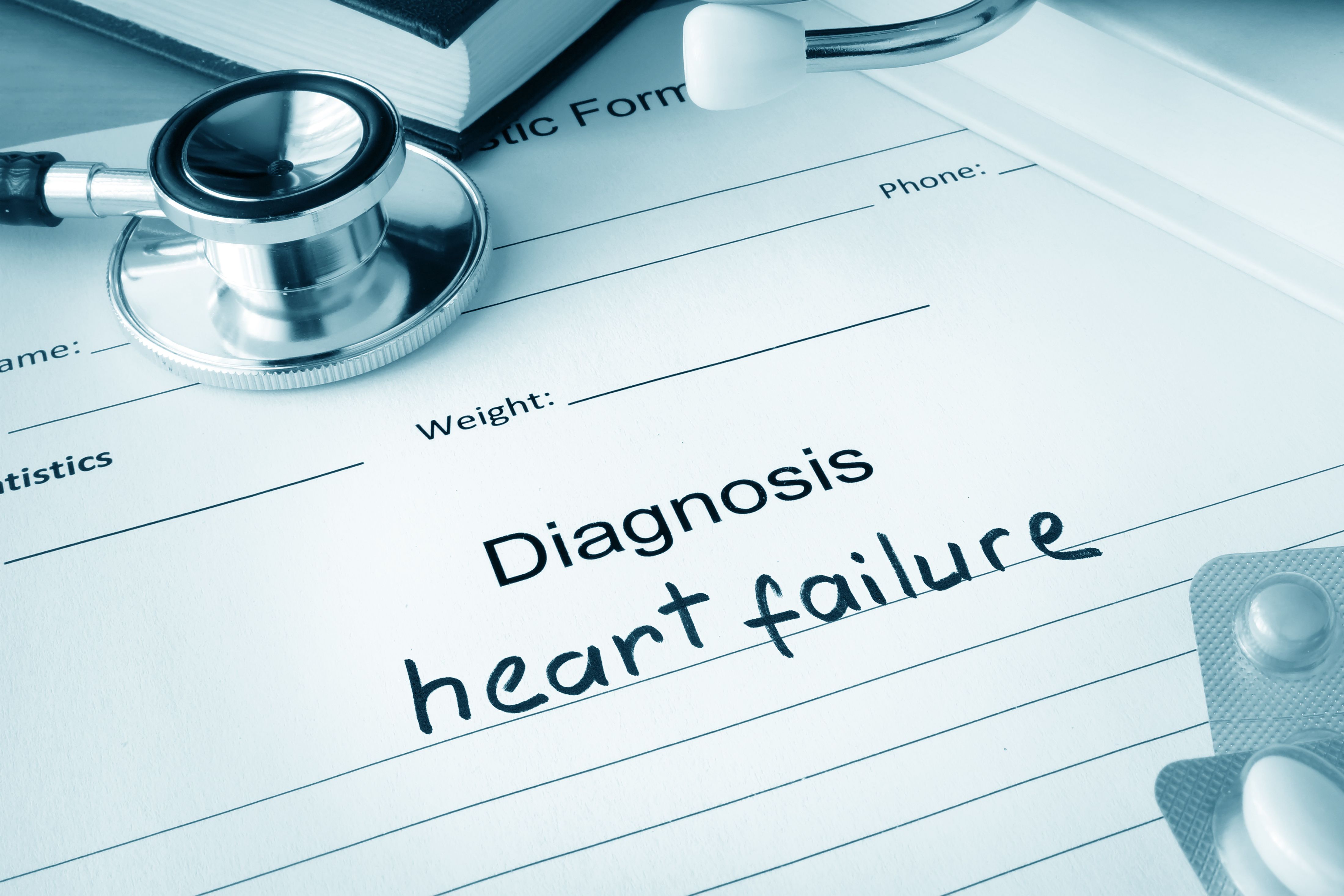Article
Too Much Time Reporting and Too Little Time Preventing?
Author(s):
Clinicians say they do not have sufficient time to work on infection prevention.
Prevention of catheter-related bloodstream infections (CRBSIs) has received considerable attention in all areas of health care delivery. Evidence-based guidelines have been developed, such as the Institute for Healthcare Improvement's "central line bundle," which are several interventions that help decrease the incidence of CRBSIs. Although many institutions have implemented these guidelines, prevention of CRBSIs remains a challenge.
In 2010, the Association for Professionals in Infection Control and Epidemiology (APIC) released the results of a survey designed to identify barriers to implementing evidenced-based interventions to decrease CRBSIs.Health care providers responding to the survey included 1,563 APIC members and 512 members of the Infusion Nurses Society and the Association for Vascular Access.Half of the health care providers who completed the survey indicated that CRBSIs continue to be problematic because of time constraints, lack of resources, and limited leadership support.Close to half of the respondents said they spend so much time tracking and reporting CRBSIs that they do not have sufficient time to work on infection prevention. Seventy percent felt that they lacked sufficient time to educate others about CRBSI prevention.
APIC notes that 80,000 patients develop CRBSIs in the USA each year, and 30,000 die. The average cost for treating a CRBSI is $30,000 and more than $2 billion is spent annually treating the CRBSIs that occur. Despite these high costs, 25% of respondents indicated that their institutions monitors healthcare providers' compliance or holds them accountable for non-adherence to best practices. Clearly, more education and more time for infection prevention is needed to reduce the morbidity and mortality caused by CRBSIs. "Top-down" support is needed so that front line healthcare providers can do everything possible to eliminate CRBSIs.




